- Learning time
- 20 minutes
- First play time
- 90 minutes
Thurn & Taxis
Designed by: Andreas Seyfarth
Set in the era of German postal route demarcations, Thurn & Taxis pulls the masterful stroke of making a not-necessarily-compelling setting quite a compelling game to play: fast-moving, risk-laden and full of fun.
Everyone’s goal is to establish and score these routes, first across three connected cities, then four and so on until someone triggers the end of the game by connecting seven cities. The board shows Germany and surrounds, and everyone has a supply of post offices in their own colour with which they’ll track their progress. Turns are very simple: you add a city card to your hand from a display of nine (or off the top of the deck) and play a card to the table in order to add a post office to an existing route: you can’t begin a new route until a current one is scored, so in the event you can’t lengthen your route, you must abandon it: this is bad, and should ideally be avoided.
But as well as the simple take-a-card, play-a-card pattern of play, everyone has access to something else too: on every single turn you can activate a single postal official to help you: you might refresh the available cards in the display, take an extra card, play an extra card, or complete a route you’re actually a connection short on (although you won’t score as many points as you would for properly completing it).
When a route is complete, you’re able to leave a selection of post offices out on the board – either all in a single region, or one in every region you passed through on your route. The purpose of these is to score points too: having a post office in every city of a region scores bonus points!
The game continues until somebody completes the first seven-city route, at which point the current round is played to completion before points are compared. Most points wins!
The guru's verdict
-
Take That!
Take That!
Not much at all, really, or not deliberately. Players can't block each other from building cities, but they can - and do - inevitably pick up cards that others want.
-
Fidget Factor!
Fidget Factor!
It's a speedy game, with turns generally happening rapidly.
-
Brain Burn!
Brain Burn!
Task number one is to avoid having to abandon a route. Outside of that, bear in mind that while routes can veer all over the place, they cannot branch. It's possible to paint yourself into a corner with bad planning - or indeed, bad luck. But it's not a heavy game on the brain; more a tactical challenge than one of deep strategy.
-
Again Again!
Again Again!
How the cards become available is always random, which means the game always offers the same challenge. If you enjoy your first (or second) play, you'll probably enjoy several more.

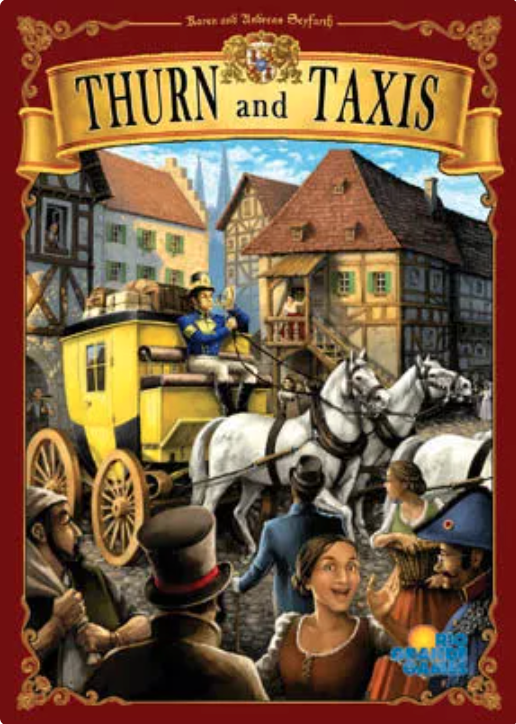
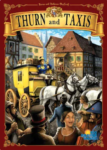
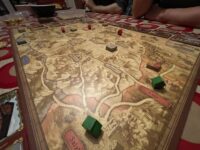

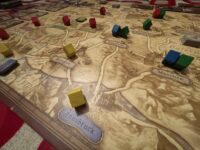
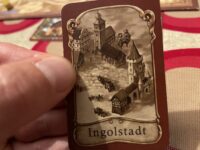
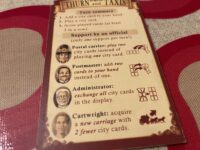



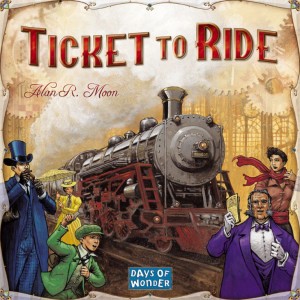
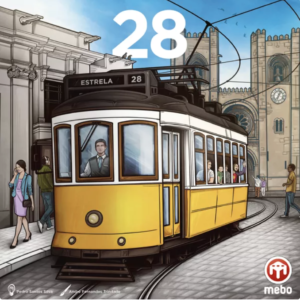

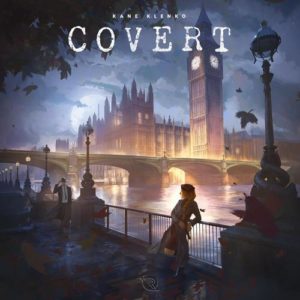
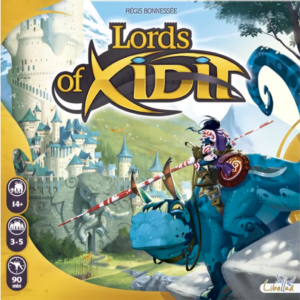
Sam says
Although it hails from 2006, I only played Thurn & Taxis recently and really enjoyed myself. It's small step up in complexity from something like Ticket to Ride (which is basically take cards>make routes) because the routes are established, scored, and then partially removed, and previously-placed post offices don't help you on future route-builds: they're just there to try and have a presence in the cities for region scoring. If it's more than a little abstracted, there's still a lot of fun to be had in the simple choices each turn offers you, and the tangible relief when you can pick up a card that means your route won't collapse. Really accessible, really fun.